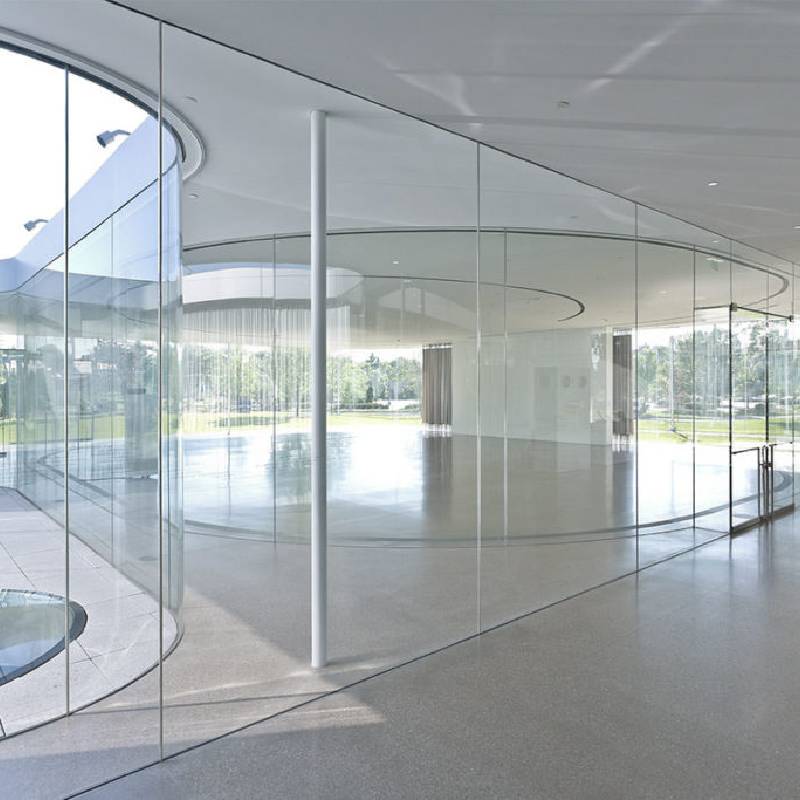

The Market Dynamics of Clear Float Glass Pricing
Clear float glass, renowned for its versatility and clarity, plays a critical role in various industries, from architecture to automotive. Understanding its price dynamics is essential for manufacturers, builders, and consumers alike. This article explores the factors influencing the pricing of clear float glass, recent market trends, and future projections.
Understanding Clear Float Glass
Clear float glass is produced by the float process, where molten glass is floated on molten tin to create a flat, uniform surface. This type of glass is prized for its optical clarity and is often used in windows, mirrors, and glass facades. Its applications extend to vehicles, furniture, and various decorative elements, making it a vital component in both functional and aesthetic design.
Factors Influencing Pricing
Several key factors contribute to the pricing of clear float glass
1. Raw Material Costs The primary ingredients for producing clear float glass include silica sand, soda ash, and limestone. Fluctuations in the prices of these raw materials can significantly impact the overall cost of production. For instance, increases in energy prices or shortages in raw materials can force manufacturers to adjust their prices accordingly.
2. Energy Prices The glass manufacturing process is energy-intensive, with significant electricity and fuel costs associated with melting raw materials and maintaining optimal production temperatures. Rising energy prices can lead to higher operating costs, which are often passed on to consumers in the form of increased glass prices.
3. Demand and Supply Dynamics The balance between supply and demand plays a pivotal role in determining clear float glass prices. In construction booms, for example, heightened demand for glass in new buildings can lead to price increases. Conversely, during economic downturns, demand may decrease, leading to price stabilization or even drops.
4. Market Competition The competitive landscape of the glass industry also influences pricing. A limited number of leading manufacturers can maintain higher prices due to reduced competition. However, new entrants into the market or advances in production technology can increase supply and potentially lower prices.

5. Environmental Regulations Increasingly stringent environmental regulations regarding emissions and waste management can lead to additional compliance costs for glass manufacturers. Companies that invest in cleaner technologies might see their production costs rise, which could be reflected in higher prices for clear float glass.
Recent Market Trends
In recent years, the clear float glass market has witnessed notable fluctuations in pricing. Following the COVID-19 pandemic, there was a surge in construction activities as economies reopened, contributing to higher demand for glass products. This demand was coupled with supply chain disruptions that affected the availability of raw materials, exacerbating pricing pressures.
Furthermore, as sustainability becomes a priority, there is a growing market for energy-efficient glass products. Clear float glass that incorporates advanced coatings for improved insulation is becoming more prevalent. While these innovations can increase production costs, they can also justify higher prices in a market where consumers are willing to pay more for sustainable solutions.
Future Projections
Looking forward, the prices of clear float glass are expected to be influenced by a combination of technological advancements, regulatory changes, and economic conditions. The push towards sustainability and energy efficiency is likely to shape market demand, with an increasing number of manufacturers adopting greener practices. Additionally, as building and construction continue to rebound globally, the clear float glass market may witness upward pricing trends.
However, potential economic slowdowns or shifts in consumer preferences could temper these increases. Advances in alternative glazing technologies or materials could also disrupt the market dynamics, potentially leading to price volatility.
Conclusion
The pricing of clear float glass is influenced by a myriad of factors, including production costs, market demand, and competition. As industries evolve and sustainability takes center stage, understanding these dynamics becomes critical for stakeholders. Whether you are a manufacturer, builder, or consumer, staying informed about the clear float glass market will be essential in navigating the complexities of pricing and making informed decisions. Ultimately, the future of clear float glass pricing will be shaped by the interplay of these factors and the innovations that arise in response to changing market demands.